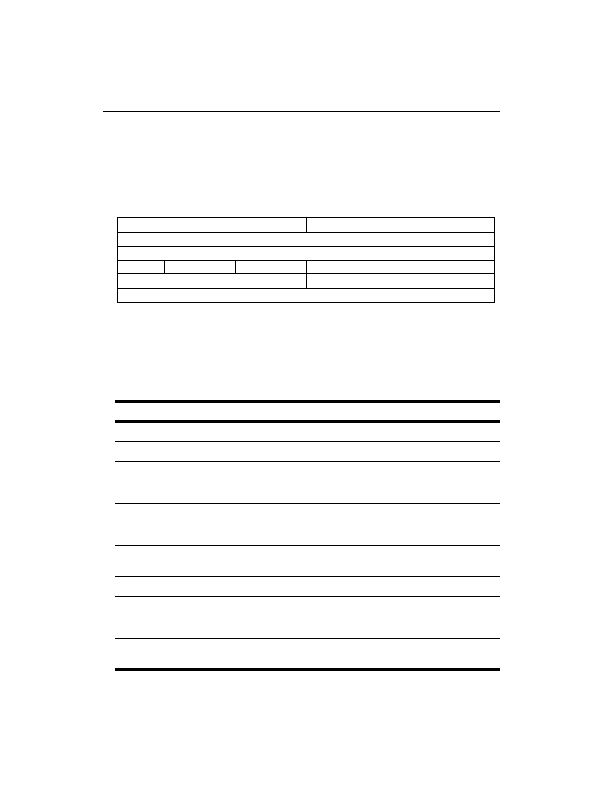
240
Appendix C Packet Header Formats
TCP Packet Header
TCP packet header is discussed in detail in RFC 793 which is available at ftp://
ftp.isi.edu/in notes/rfc793.txt for download. Figure C 4 shows structure of TCP header.
Source Port
Destination Port
Sequence Number
Acknowledgement Number
Offset
Reserved
Flags
Window
Checksum
Urgent Pointer
Options and Padding
Figure C 4 TCP header
Different parts of TCP header are explained in Table C 3. Again for a detailed
explanation of TCP, refer to the RFC 793.
Table C 3 TCP Packet Header Fields
Field
Explanation
Source Port
This part is 16 bits long and shows source port number.
Destination Port
This is a 16 bit long field and shows the destination port number.
Sequence Number
This is the sequence number for the TCP packet. It is 32 bits long. It
shows the sequence number of the first data octet in the packet. How
ever if SYN bit is set, this number shows the initial sequence number.
Acknowledgement Number
This number is used for acknowledging packets. It is 32 bits long. This
number shows the sequence number of the octet that the sender is
expecting.
Offset
This is a 4 bit field and shows the length of the TCP header. Length is
measured in 32 bit numbers.
Reserved
Six bits are reserved.
Flags or Control bits
The flags are six bits in length and are used for control purposes.
These bits are URG, ACK, PSH, RST, SYN and FIN. A value of 1 in
any bit place indicates the flag is set.
Window
This is 16 bits long and is used to tell the other side about the length of
TCP window size.
footer
Our partners:
PHP: Hypertext Preprocessor Cheap Web Hosting
JSP Web Hosting
Ontario Web Hosting
Jsp Web Hosting
Cheapest Web Hosting
Java Hosting
Cheapest Hosting
Visionwebhosting.net Business web hosting division of Vision Web Hosting Inc.. All rights reserved

